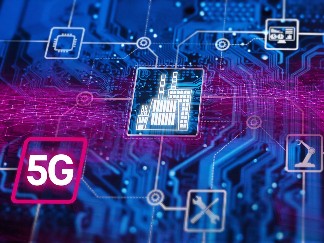
5G technology promises near-zero latency, which is a significant advancement over previous mobile network generations. While current implementations of 5G are still evolving, the goal is to achieve latency levels lower than 10 milliseconds
in fully developed networks. This reduction in latency is crucial for applications that require instantaneous responsiveness, such as autonomous vehicles, remote surgery, and augmented reality.







Importance of Low Latency
The concept of Ultra-Reliable Low Latency Communications (URLLC) within 5G networks is designed to support critical applications that demand near-instantaneous data transfer. URLLC can facilitate nearly real-time performance, which is essential for tasks like maneuvering robots and creating holograms. The potential for sub-second latency opens up new possibilities in various fields, enhancing user experiences and enabling innovative technologies.
Future Implications
As 5G technology continues to develop, the expectation is that latency will approach zero, which will unlock a range of new use cases. This includes advancements in smart factories, telemedicine, and other sectors where timing is critical. The near-zero latency of 5G is not just a technical improvement; it represents a foundational shift in how we can interact with technology and the world around us.


Leave a Reply